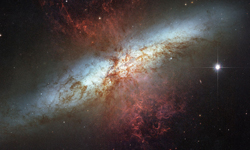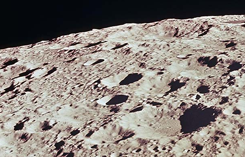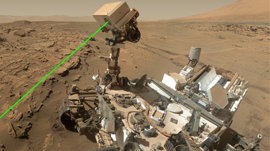To help confirm new planets from NASA telescope data, a team of scientists from the University of Warwick, working in collaboration with Alan Turing Institute researchers, developed a deep learning model that identified 50 new planets.
According to the scientists, this is the first time AI has been used to sample potential planets and determine which ones are real and false.
“In terms of planet validation, no-one has used a machine learning technique before. Machine learning has been used for ranking planetary candidates but never in a probabilistic framework, which is what you need to truly validate a planet,” the researchers stated in a press release.
The findings were recently published in a paper in the Monthly Notices of the Royal Astronomical Society: Exoplanet Validation with Machine Learning: 50 new validated Kepler planets.
“Rather than saying which candidates are more likely to be planets, we can now say what the precise statistical likelihood is. Where there is less than a 1% chance of a candidate being a false positive, it is considered a validated planet,” the researchers stated.
The model was trained to distinguish between signs of real planets and false positives.
Previous techniques have used AI to rank potential planets, but never to determine the probability of a candidate is a true planet, a requirement to validate a planet.
Training was performed using a dataset of unconfirmed planetary candidates from NASA’s recently retired Kepler Space Telescope. The team used an NVIDIA TITAN Xp GPU, with GPflow, a package for building Gaussian process models in Python, using TensorFlow, for both training and inference.
“On this architecture, the [model] takes less than one minute to train, and seconds to classify new candidates,” the researchers stated in their paper.
The new fifty planets range from worlds as large as Neptune to smaller than Earth, the researchers said.
The researchers hope the newly developed tools can be collectively used to validate more planets in the future.










